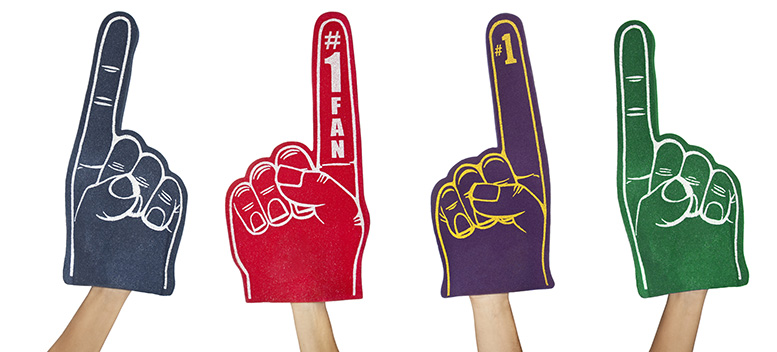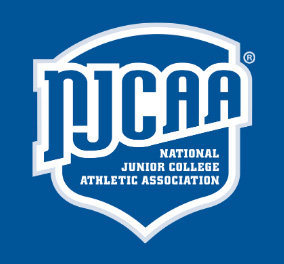Athletics offer an array of benefits and enhancements both at the academic and student engagement levels on a two-year college campus.
From providing countless opportunities for students of all backgrounds, two-year college athletics offer a fast and affordable higher education experience with career paths for everyone. Student-athletes are often presented with increased playing time and stronger one-on-one relationships with coaching staffs and school faculty, while students have more reasons to spend time on campus and exhibit school pride. Graduation rates and diversity continue to climb as two-year college athletics flourish.
Increased enrollment and graduation rates
Athletics can serve as a significant driver of enrollment, with student-athletes accounting for an average of 13% of the student body on college campuses. By participating in sports, students at the two-year college level save money via scholarships and an associate degree, while also being exposed to competition on a national level.
This article comes from the current issue of the Community College Journal, published by the American Association of Community Colleges since 1930.
Sport participation builds on time management skills and offers resources for student-athletes to obtain academic assistance and career guidance. Forty percent of all undergraduates in the U.S. attended community colleges and, according to a study by Colby Community College (Kansas) in 2020, student-athletes are 11% more likely to graduate than the general student body. In 2018, the National Center for Education Statistics conducted a study finding that 49% of students who attended a two-year college earned a four-year degree.
Higher student engagement and community involvement
Being part of a team boosts comradery and provides a sense of belonging on campus. Oftentimes, at the two-year college level, student-athletes spend additional time traveling to competitions or practices, creating a further bond between teammates. In these shared experiences, student-athletes are active in the classroom, engaging other students in conversation and experiences.
While many two-year colleges do not offer on-campus housing, sporting events give all students, faculty and staff a team to cheer for and a reason to visit campus for extracurricular events. Outside of campus, athletics builds a sense of belonging for the community and locals. Those that may no longer live nearby, but once did or have ties to the college, could find themselves supporting athletic teams that remind them of their experiences in the area.
Student-athletes exemplify diversity
Individuals from all backgrounds and walks of life participate in college athletics to obtain an education, play the game they love and sharpen life skills. During the 2021-22 academic year, around 30% of all student-athletes participating in the National Junior College Athletic Association (NJCAA) are first-generation college students. Furthermore, close to 29% of the NJCAA student-athlete population is African American and around 15% identify as Hispanic.
In two-year college athletics, there is no age limit for student-athlete participation, however individuals may only compete for two seasons. Student-athletes from all around the world come together for an opportunity to receive a first-class education and college experience, getting exposed to people they otherwise may have never met. Student-athletes can sharpen skills in the classroom, be exposed to diverse studies and people, compete at a high level, and prepare for future educational and sport options. Crossing paths with individuals from different cultures and experiences can expand the desire to succeed as a team.
Recognition on national level
There are many benefits for two-year colleges that have resources to build athletic facilities on campus or nearby. Athletic facilities draw widespread attention to college campuses, while capturing the attention of prospective students and athletes. Athletics bring local and national stakeholders to schools, improving the surrounding community and school system.
Many student-athletes go on to play at the highly competitive four-year level and beyond that, at the professional level, drawing national attention to their academic and athletic start. Former NJCAA student-athletes such as Tyreek Hill (football), Jessica McDonald (women’s soccer), Andy Pettitte (baseball), Sheryl Swoopes (women’s basketball), Jimmy Butler (men’s basketball), and Brittney Reese (women’s track and field) got their start in professional sports at the two-year college level, attracting national attention back to the programs.
As two-year college sports continue to grow, national championships and accomplishments are being placed on prominent sports networks, news stations and social media platforms, enhancing the school image and unveiling more opportunities.


